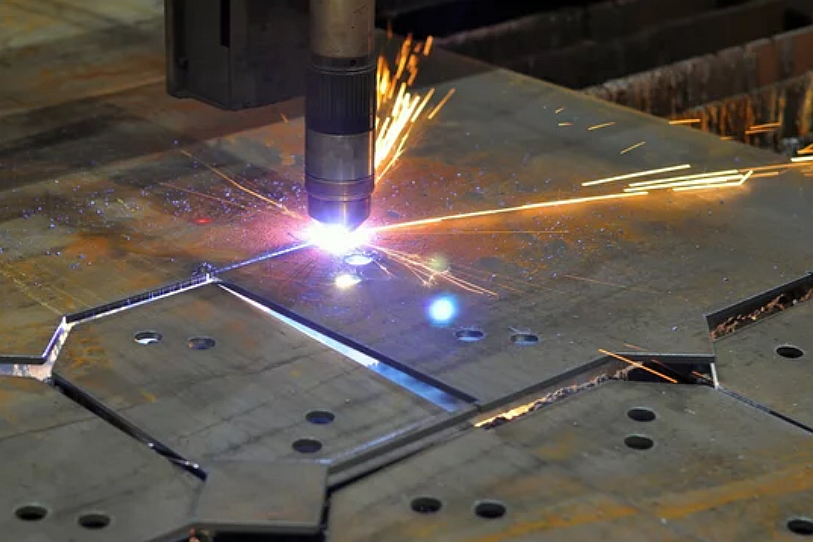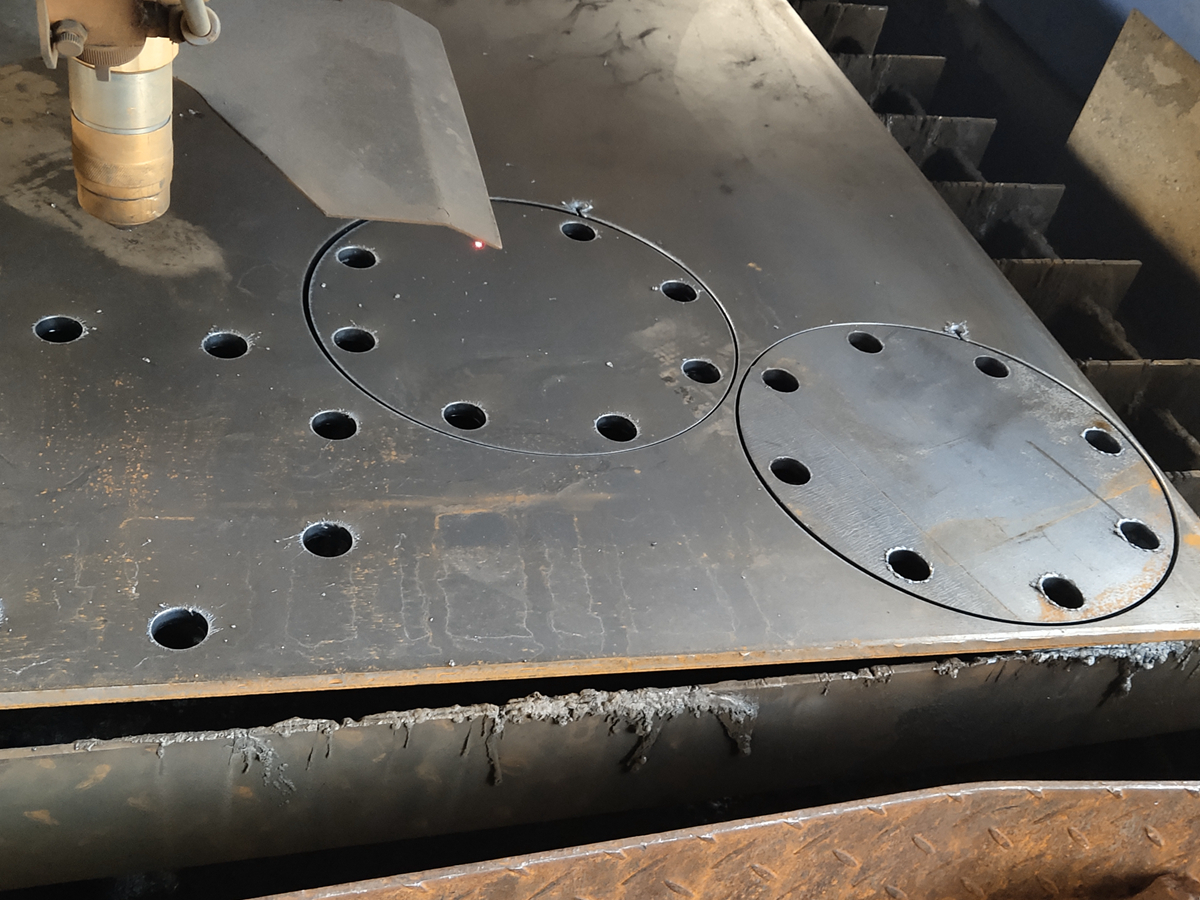Can plasma cutting achieve tight tolerances for complex custom parts?
Overview of Plasma Cutting Accuracy
Modern plasma cutting systems, especially CNC-controlled units, can achieve impressive precision when producing complex custom geometries. For many industrial applications, plasma cutting delivers tolerances suitable for structural, mechanical, and enclosure components. Its capability to combine speed, contour accuracy, and compatibility with diverse materials makes it a strong option for industries such as aerospace, automotive, and telecommunication.
Factors Enabling Tight Tolerances With Plasma Cutting
The precision of plasma cutting depends on the quality of the system, the stability of the torch, the material thickness, and the operator's calibration. CNC plasma systems offer excellent repeatability and enable precise path control, making them ideal for intricate profiles. When integrated with upstream operations such as sheet metal fabrication or custom parts manufacturing, plasma cutting can serve as an essential step in a multi-stage production workflow.
For finer geometry, plasma is often paired with advanced processes such as laser cutting or secondary machining. In prototype development, teams frequently combine plasma with prototyping workflows, such as CNC machining, to refine details and edge conditions.
Material Impact on Achievable Tolerance
Material properties directly influence the precision of plasma cutting. Metals with stable arc response—such as carbon steel, cast stainless steel, copper alloy, cast aluminum, and magnesium alloy—typically support tighter tolerances and smoother edges. These materials are widely used in sectors where dimensional consistency and repeatable performance are critical.
Plasma also integrates smoothly with processes such as gravity casting and sand casting, where near-net-shape components are further refined through precision contour cutting.
Post-Processing Techniques for Enhanced Accuracy
For complex parts requiring higher-than-standard precision, manufacturers often apply finishing treatments after plasma cutting. Methods such as sandblasting improve surface uniformity by removing micro-burrs, while polishing enhances dimensional clarity before coating or assembly.
Plasma-cut components may also undergo finishing or machining phases to achieve tighter final tolerances, especially in industries such as lighting solutions and power tools, where edge precision supports fit, function, and vibration control.
Applications Requiring Precision Plasma Cutting
In modern fabrication, plasma cutting is used to create brackets, chassis components, mounting plates, and enclosure frames, where consistency is crucial. High-performance sectors such as energy demand reliable tolerances on stainless steel and nickel-based alloys used in high-temperature environments. With controlled kerf width and optimized arc parameters, plasma equipment can consistently meet the tolerance ranges required for functional prototypes and production parts.



